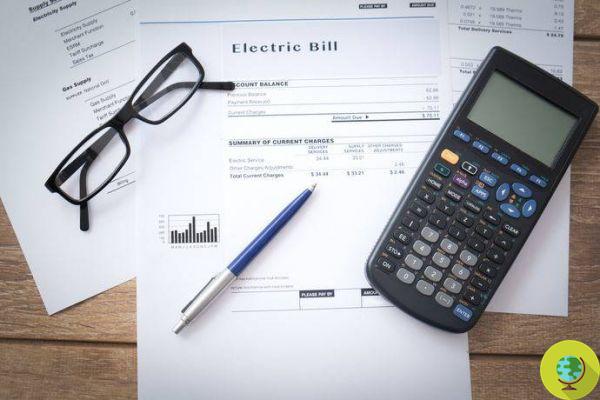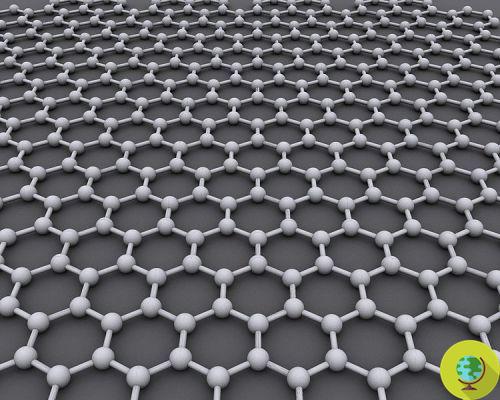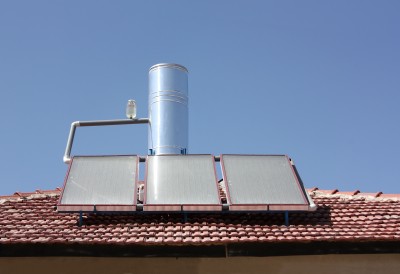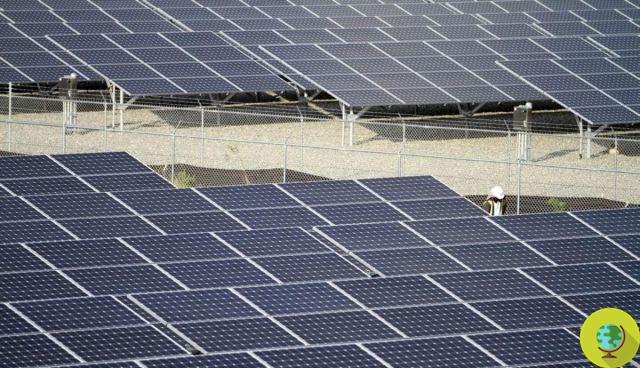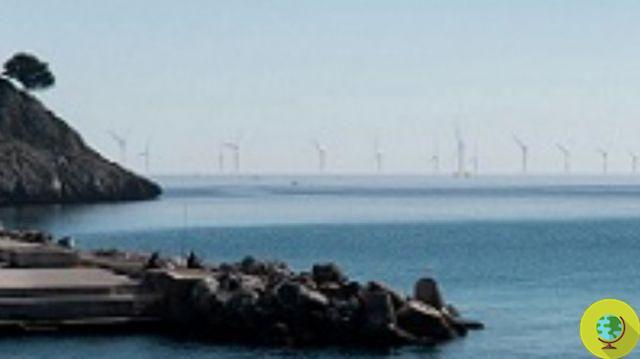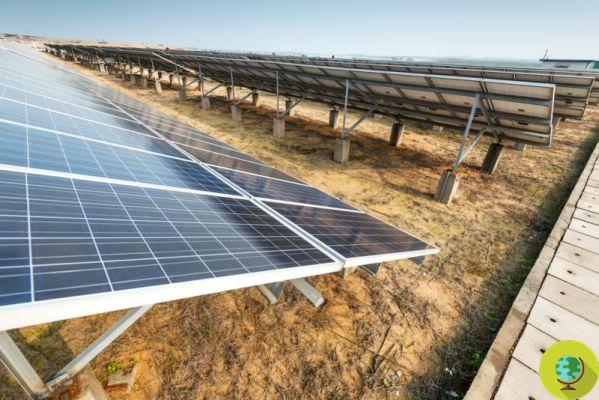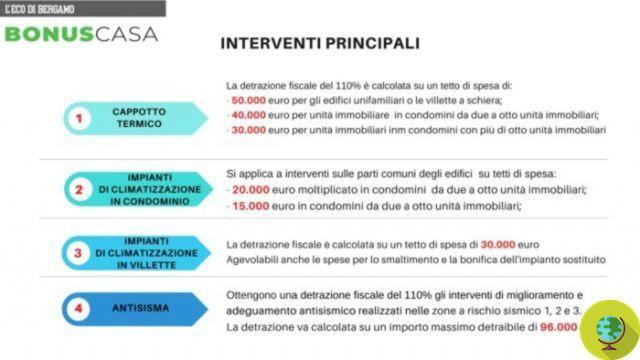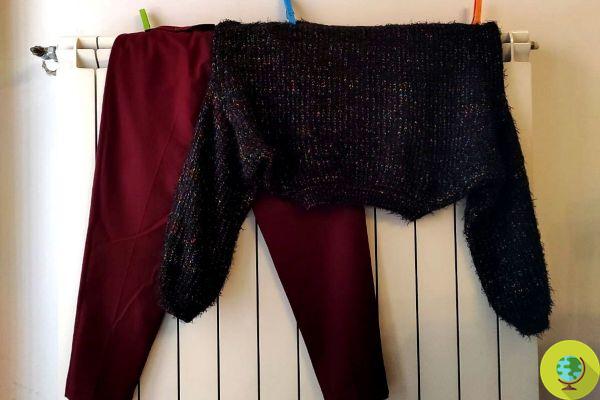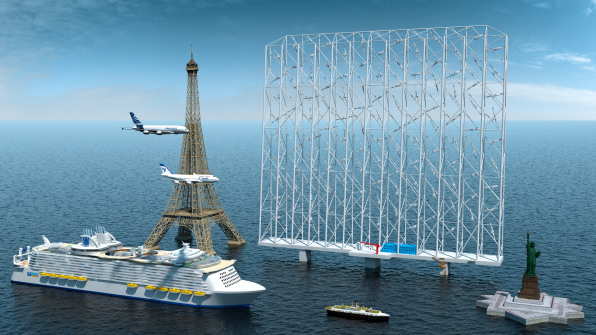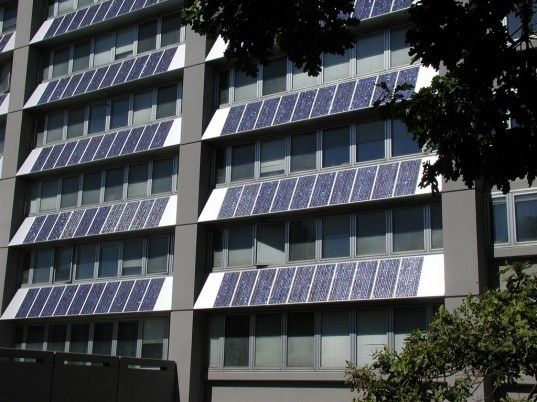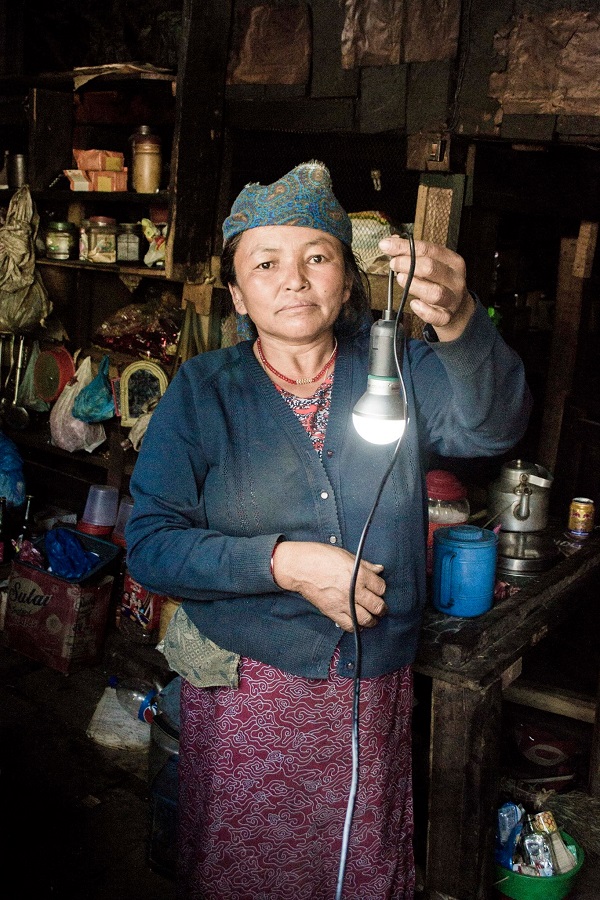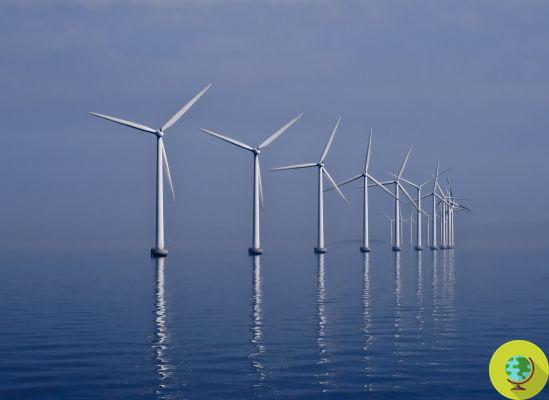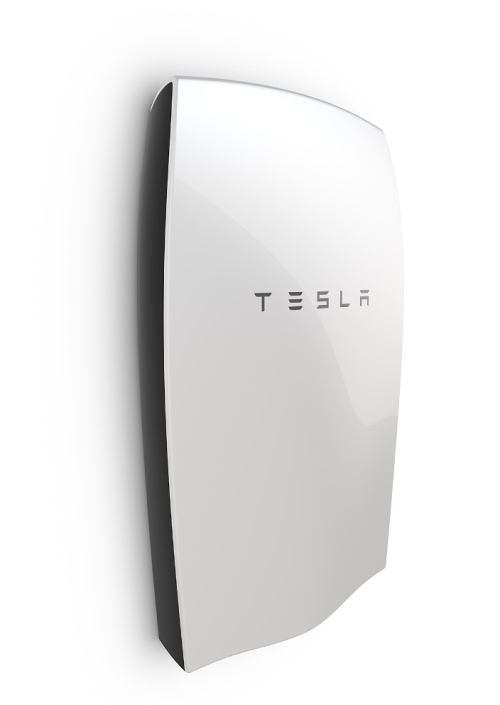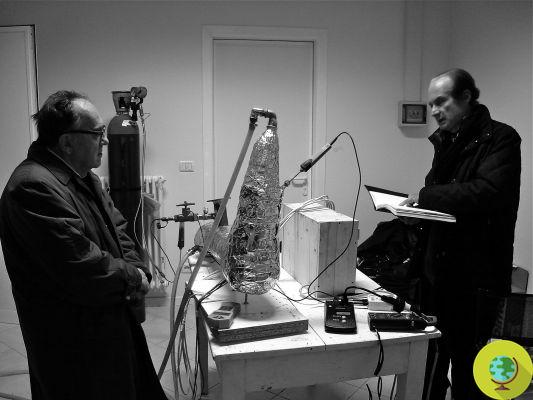New printable and low-cost photovoltaic panels now offer clean energy. The 200 square meter installation on a building in Australia is the first commercial application of this technology worldwide
He is about to end up run over, his mother saves himNew printable and low-cost photovoltaic panels now offer clean energy. The 200 square meter installation on a building in Australia is the first commercial application of this technology worldwide.
A solution that could score the beginning of a new market for renewable energies. They were created by a physicist from the University of Newcastle, prof. Paul Dastoor. These are solar panels that can be produced using normal printing.
Using electronic inks printed on thin sheets of plastic, these special panels can be produced for less than $ 10 per square meter and can be installed by a few people in a single working day.
Dastoor developed the panels in May 2017 but now for the first time they have been installed and tested in a pilot plant for 6 months in Australia.
The 200 square meter installation on the building is the first commercial application of the technology both in the country and in the rest of the world.
How it works and the benefits
The photovoltaic panels are printed on an ultra-light laminate material, similar in texture and flexibility to a packet of French fries. The material offers unprecedented convenience at a manufacturing cost of less than $ 10 per square meter.
Known as 'functional printing', the manufacturing process was done by a lab-scale printer at Newcastle University's Institute for Energy and Resources (NIER). In this way, according to the physicist, it is possible to produce hundreds of meters of material per day.
"The low cost and speed with which this technology can be implemented is exciting as we need to find solutions and, quickly," he said Dastoor. ,
Incredibly quick and easy to install, 640m of equipment was installed on site by a team of 5 in just one day. So light, the material is protected with standard double-sided tape.
“Not only are printed solar cells about 300 times lighter than traditional ones, but silicon is not a practical solution for roofs in need of repair or replacement. Many are unable to bear the weight of the amount of silicon panels needed to meet their energy demands, ”she said.
For this reason, a lighter solution would not only reduce costs and installation times but would also have a lower environmental impact once the panels have to be disposed of at the end of their life.
In terms of efficiency, silicon delivers better results but according to Dastoor the materials used in its panels are so cheap to manufacture and install that when you calculate the total energy cost you will still get a competitive product.
Furthermore, he believes companies should sell energy "plans" for consumers to sign up in the same way they do with cell phones. A sort of subsidized tariff plan, which can incentivize the use of clean energy produced in this way.
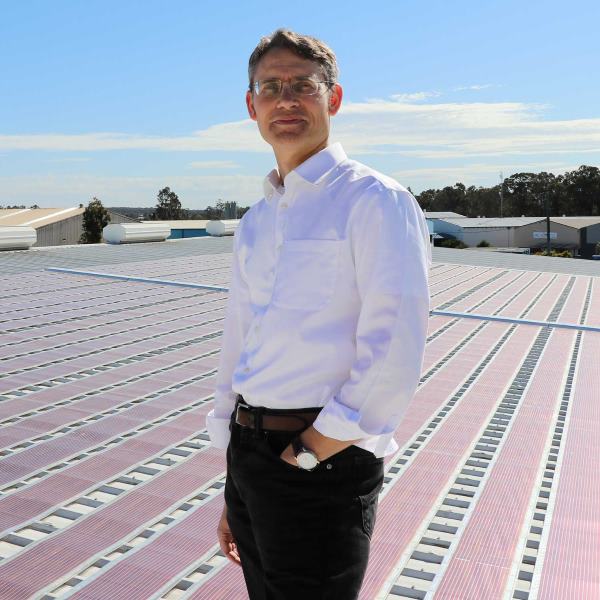
Gallery
The next step will be to study the way of completely recycle the old material and use it to produce new solar cells in a virtuous circle of reuse.
If it proves to be efficient, this technology will likely enter the commercial market over the next few years.
READ also:
- 3D printed photovoltaics, the solution to bring clean energy to 1,3 billion people around the world
- Photovoltaics: the 3D printer to produce solar panels
- The low-cost portable solar panel 3D printer (VIDEO)
Francesca Mancuso
Gallery




